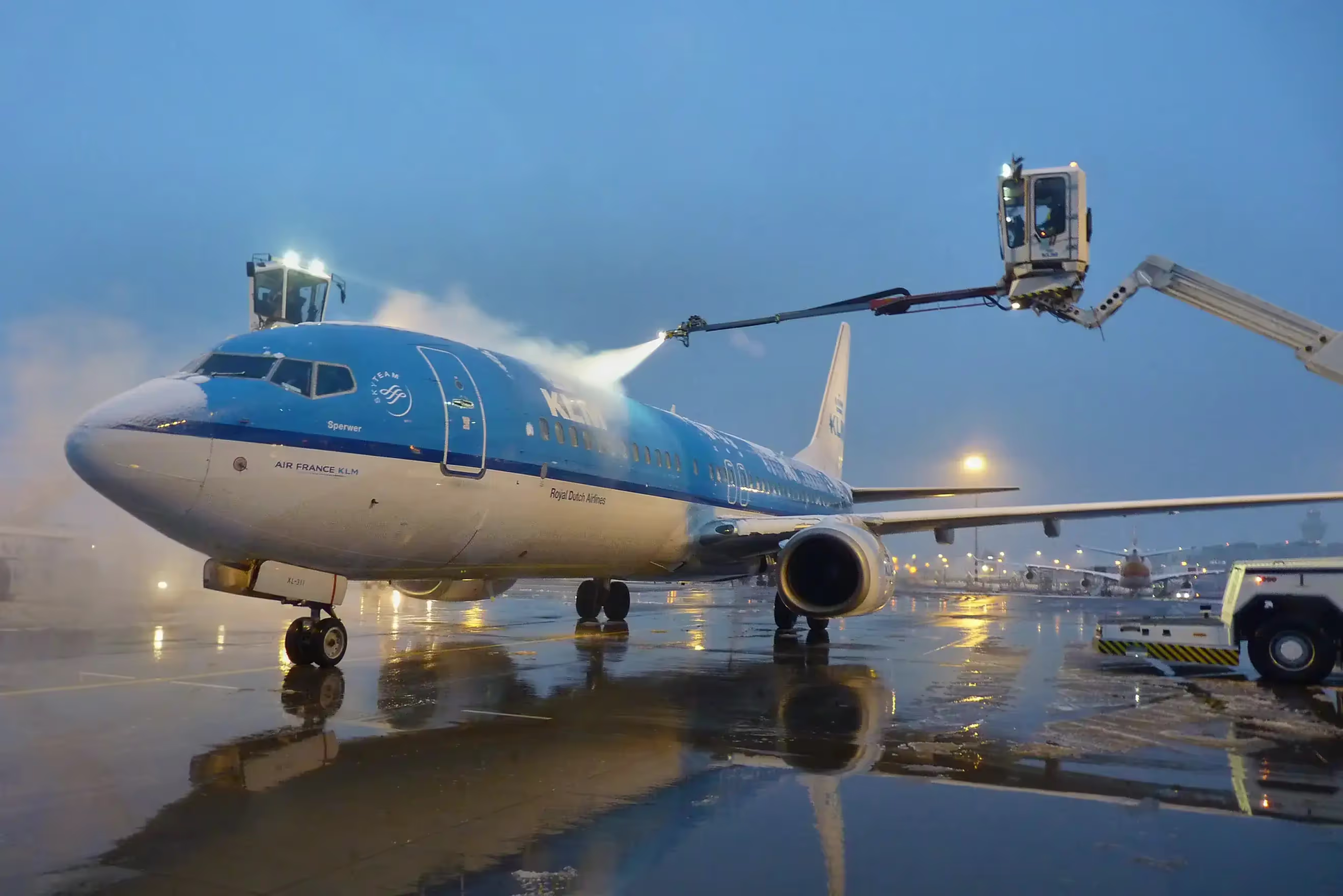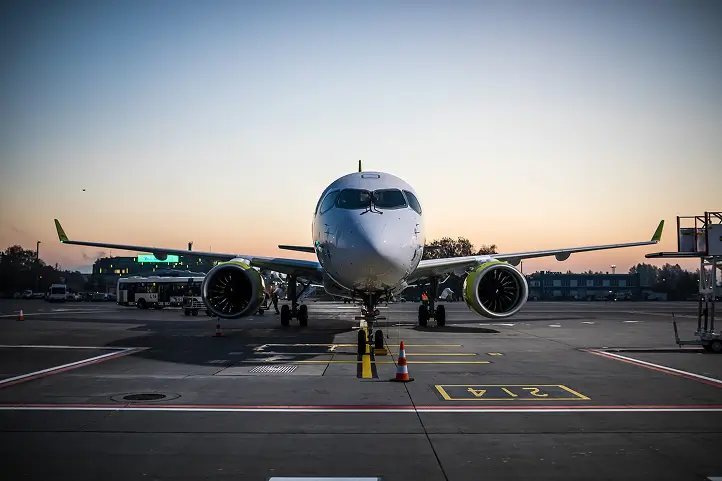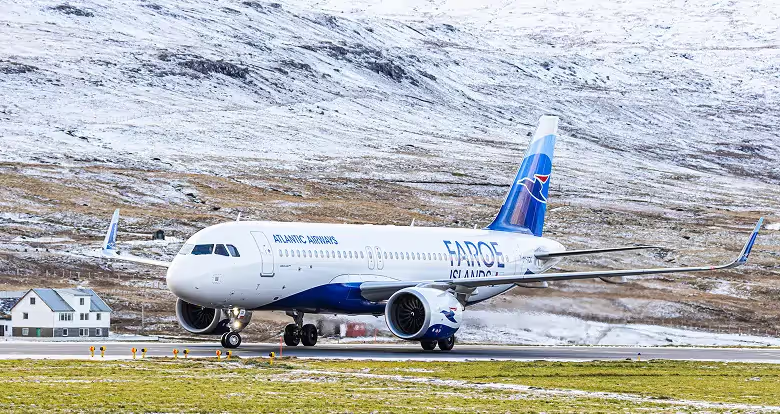Aircraft De-Icing Explained: What Charter Clients Need to Know About Winter Operations
Overview: Aircraft de-icing is a critical winter aviation procedure that removes ice, snow, and frost from aircraft surfaces before takeoff. This guide explains the de-icing process, different fluid types (Type I through Type IV), typical costs (€800-€15,000+ depending on aircraft size), holdover time windows, and practical planning tips for winter charter operations. Understanding de-icing helps charter clients budget appropriately, plan realistic schedules, and avoid surprises during cold-weather travel.
Winter brings unique challenges to air charter. If you've travelled during cold months, you've probably experienced de-icing delays or spotted unexpected charges on your invoice. Understanding what's happening (and why) helps you plan better and avoid surprises.
This guide covers the de-icing process, costs you'll encounter, and practical planning tips for winter charters.
What Is Aircraft De-Icing?
De-icing removes ice, snow, and frost from critical aircraft surfaces before takeoff. Aviation regulations worldwide (overseen by authorities like EASA in Europe) require aircraft to be completely clean before departure. No exceptions.
The process targets wings, control surfaces, engines, tail surfaces, and external sensors. Anything that affects how the aircraft flies gets treated.
Here's something worth knowing: de-icing is different from anti-icing. De-icing removes existing contamination. Anti-icing prevents new ice from forming. Most winter operations involve both, which is why you'll sometimes hear ground crews referring to "de/anti-icing procedures" as a combined process.
Why It Matters
Even thin frost disrupts airflow over wings. That reduces lift and increases drag. A contaminated wing surface can lose 30% or more of its lifting capability.
Ice affects aircraft in several ways. It changes aerodynamic performance, adds unexpected weight, restricts control surface movement, blocks engine intakes, and produces false sensor readings.
This is why crews won't depart with any contamination present. Safety regulations exist for good reasons, and de-icing is non-negotiable. Your flight support services team coordinates these safety procedures behind the scenes to keep your journey secure.
The De-Icing Process
Most charter aircraft get de-iced at their parking position just before departure. Timing matters here. Waiting until the last practical moment makes the fluids more effective.
What happens:
- Crew inspects for ice, snow, or frost
- Heated fluid (Type I, orange colour) removes existing contamination
- Thicker anti-icing fluid (Type II or IV) gets applied if conditions warrant it
- Final visual check confirms clean surfaces
- Aircraft must depart within the fluid's protection window
The whole process takes 10-30 minutes for most aircraft. Larger planes or heavy snow conditions take longer. According to SKYbrary's aircraft de-icing guidelines, proper de-icing procedures are among the most critical safety steps in winter operations.
Understanding the Fluids
Aviation uses four types of de-icing fluid. You don't need to memorise these, but knowing the basics explains why procedures vary.
Type I (Orange) removes existing ice and snow. It's heated and works quickly, but only protects for a few minutes afterwards.
Type II (Clear/Pale) provides longer protection. It's thicker and designed for jets with rotation speeds above 100 knots. This is what you'll see on most charter jets.
Type III (Yellow) works for slower aircraft like turboprops. Similar purpose to Type II but formulated for different takeoff speeds.
Type IV (Green) offers maximum protection time. Ground crews use this for heavy snow or when departure queues get long. It costs more but provides the best protection when conditions demand it.
The colour coding lets crews and pilots visually confirm which types have been applied. These aren't arbitrary choices. Each fluid balances protection time, aircraft compatibility, and safe shear-off during takeoff.
Holdover Time Matters
Here's where winter operations get time-sensitive. Holdover time is how long anti-icing fluid remains effective. This window varies massively based on weather.
The countdown starts when fluid application finishes. Variables that affect protection time include precipitation type, rate, temperature, fluid concentration, and wind.
For example, Type IV fluid in moderate snow might give you 50-80 minutes of protection. That same fluid in freezing drizzle? Maybe 20-30 minutes.
If holdover time expires before departure, the aircraft needs complete de-icing again. You can't spray new fluid over old. That creates unpredictable layering effects.
This timing pressure is why winter departures sometimes feel rushed. Once de-icing finishes, everyone works to get airborne within the protected window.
What De-Icing Costs
De-icing is an additional operational cost billed separately from charter fees. This is standard industry practice because weather is unpredictable. When planning your winter charter budget, understanding these costs helps you set realistic expectations, much like other variable charter pricing factors that affect your journey.
Cost factors:
- Aircraft size (light jets need 100-200 litres; airliners need 2,000+)
- Contamination severity
- Fluid type (Type IV costs more than Type I)
- Airport location
- Whether multiple applications are needed
Typical ranges:
- Light jets: €800-€1,500 per application
- Midsize jets: €1,500-€3,000 per application
- Large jets: €3,000-€8,000 per application
- Airliners: €8,000-€15,000+ per application
These get invoiced after your flight at actual cost. Your charter contract won't include de-icing because whether you'll need it depends entirely on conditions at departure time.
Some brokers offer de-icing waivers. You pay a fixed fee (around 10-15% of estimated cost) and the broker absorbs actual charges if they occur. For frequent winter travel, waivers provide budget certainty.
At Fliteline, we're upfront about these costs from the start. When you're planning winter charters, we'll discuss likelihood based on typical weather patterns and explain waiver options if they make sense.
Planning Your Winter Charter
Understanding de-icing helps you plan more effectively. Here's what experienced charter clients build into winter planning:
Allow extra time. De-icing adds 15-45 minutes to departure procedures. Build this buffer into your schedule, especially if you're coordinating group charters where multiple passengers need updates.
Budget appropriately. If you're chartering in winter months, assume de-icing will be required. Pleasant surprises (no de-icing needed) beat unexpected costs.
Consider waivers. For multiple winter trips, waivers provide budget certainty.
Communicate flexibility. If your schedule allows some give, tell your broker. Sometimes departing an hour earlier or later avoids heavy snow bands entirely.
Ask about hangars. Heated hangar space overnight eliminates morning de-icing. Hangar fees apply, but they're less than multiple de-icing applications.
What to Expect on the Day
Your broker and flight crew manage the de-icing process. But knowing what happens helps set realistic expectations.
Before passengers arrive, the crew inspects the aircraft. If conditions are developing (active snow, visible ice), they'll schedule de-icing equipment proactively.
Once needed, de-icing trucks position near the aircraft. Technicians systematically spray surfaces, starting with critical areas. For larger aircraft, multiple trucks work simultaneously.
Passengers board before or after de-icing, depending on conditions and procedures. Many operators prefer boarding after to reduce time pressure on holdover time.
Crew performs final checks confirming clean surfaces and noting when holdover time began. The aircraft must depart before anti-icing protection expires.
Throughout the process, your crew monitors conditions and communicates timing to air traffic control. This coordination is part of the comprehensive flight support that experienced brokers provide.
Frequently Asked Questions
Is de-icing always necessary in winter?
No. De-icing is only required when frost, ice, or snow is present on surfaces. Aircraft stored in heated hangars or operating in dry cold conditions don't need it despite cold temperatures.
How long does de-icing take?
Usually 10-30 minutes depending on aircraft size and contamination severity. A light jet with minimal frost might be done in 10 minutes. A large airliner covered in heavy snow could require 45 minutes.
Can we avoid de-icing costs?
Completely avoiding them isn't realistic if you fly regularly in winter. But you have options: de-icing waivers, heated hangar space, or flexible scheduling around active weather.
What happens if holdover time expires?
The aircraft must be de-iced again before takeoff. Any existing fluid must be removed first. You can't spray new fluid over "failed" old fluid.
Do cargo charters require de-icing too?
Absolutely. All aircraft operations follow the same safety regulations, regardless of what they're carrying. Physics and aerodynamics don't distinguish between passengers and freight. Winter considerations apply equally to cargo charter operations.
Who decides if de-icing is needed?
The pilot-in-command makes the final decision based on visual inspection and prevailing conditions. Ground crew may recommend de-icing, but the captain is responsible for ensuring the aircraft is free from contamination before departure.
Working with an Experienced Broker
Winter operations involve dozens of small decisions. Fluid type selection. Holdover time calculations. Timing optimisation. Hangar coordination. These details collectively determine whether your journey proceeds smoothly or hits preventable delays.
At Fliteline, winter operations are part of our core expertise. We've coordinated charters through Alpine snowstorms, Nordic deep freezes, and everything between.
We also handle financial administration. De-icing invoices come through various ground handlers in different currencies with varying billing practices. We consolidate charges, verify accuracy, and present clear documentation.
Most importantly, we communicate. If weather suggests de-icing will be required, we'll tell you upfront. If holdover time becomes tight, we coordinate with all parties to optimise your departure. If conditions deteriorate unexpectedly, we discuss options so you can make informed decisions.
Ready to discuss your winter charter plans? Our team is available 24/7 to help coordinate winter travel with realistic expectations and thorough planning. Contact us to get started, or explore our aircraft guide to understand which aircraft work best for your winter routes.
Get in touch with any questions about your air charter needs



